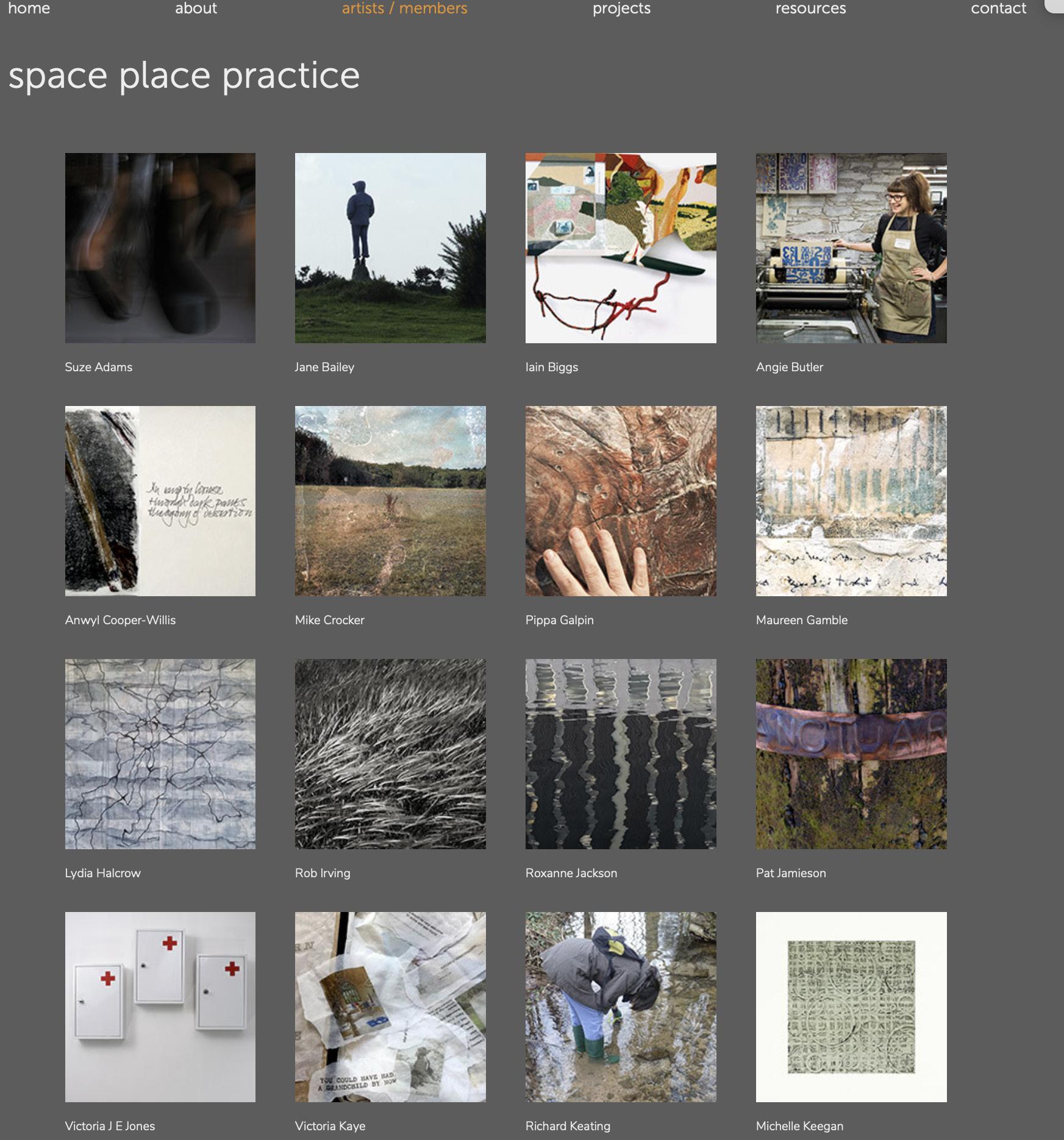
6 minute read
RESEARCH PROCESS AND OUTCOMES
from GAMBLE_01
by UWUoA322021
My central research question is: how can I make artwork that has been informed by a shared understanding of a place at a particular moment in time?
My secondary research questions are:
Advertisement
1. How do underlying systems in public places affect the behaviours of those who visit? 2. How can participatory processes in public spaces inform the materials I use? 3. What artwork can I make from places and behaviours?
I am specifically interested in how spaces and places are constructed. My art practice develops from the collaborative and collective experiences of others in public spaces at particular moments in time. I explore common factors in how individuals respond to a space, in how it is perceived, the expectations of the space informed by the history, design or usage of a building. My research uses participative action research methods, and participatory and ethnographic approaches are employed in the observations of others.
These approaches are designed specifically for selected sites and public places. For example, I leave instructions for participants, inviting them to contribute to a collaborative artwork which they leave behind. This process elicits the perceptions of others at that moment in time, and is recorded through drawing, photography, and written word.
My creative methodology operates as a reflective cycle which generates a dialogue capturing collective experiences of places. The information I collect is evaluated, and common themes are employed to inform a new work, so the artistic process is always evolving.
Edward S. Casey believes that ‘place’ has the ability to evoke memories to make the past come to life in the present. Like the French writers George Perec and Henri Lefebvre, by exploring the ordinary, and giving significance to everyday, unspoken and private experiences which are so often overlooked, enables me to negotiate concepts of space and place in my art practice.
Rauzet Priory, Charente, France In September 2016 I was invited to present 'Something of place: 140 rules for life' at the 13th international ACE (Arts & Christianity Enquiry) conference co-hosted by ASI (Arts and Spirituality in Ireland); ‘The Artist as Pilgrim, Saint, Scholar?’ at Trinity College, Dublin. The paper gave an opportunity to disseminate the outcomes from an artistic enquiry I had undertaken some years earlier at Rauzet Priory in France, where I had asked visitors to participate in the space by contributing something that connected them with the history of the 13th century building. I collected data from around 140 visitor participants during the four-week residency and these were put in order and presented together in a museum box container for the exhibition. ‘140 rules for life’ used immanent real-time experiences to reveal ‘something of place’ by linking the past with the present in this place. Delegates at the week-long conference interacted with the museum box and gave me feedback for new work.
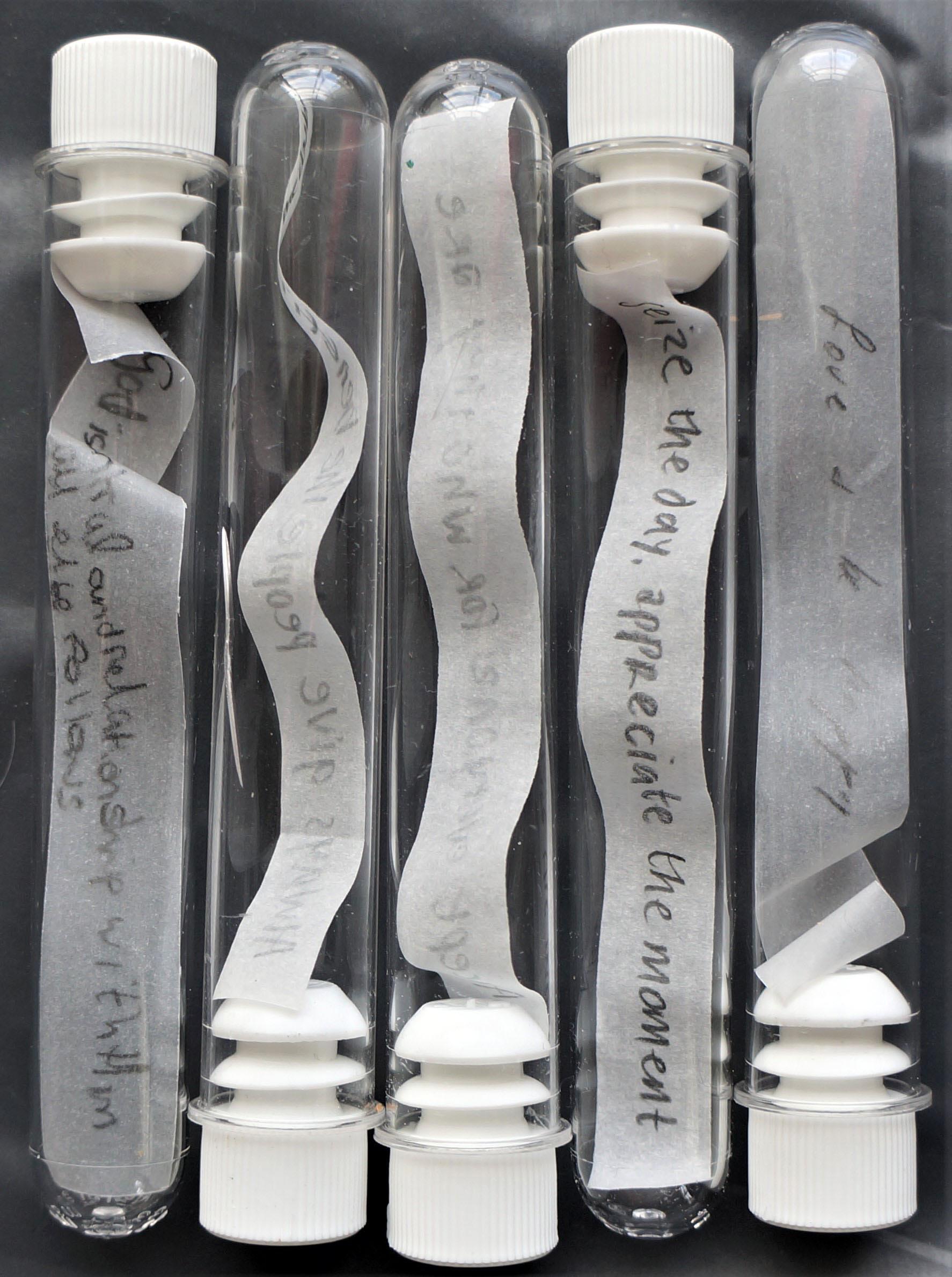
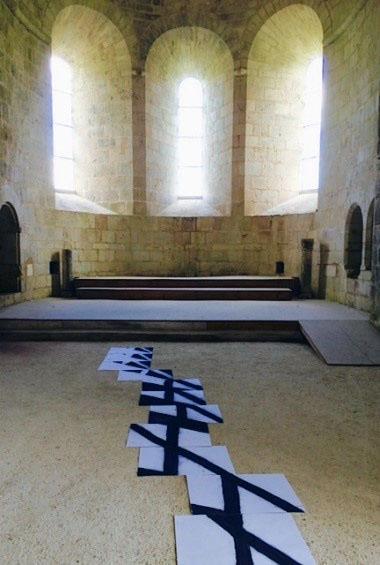
In April 2017 I revisited Rauzet Priory and made 9 light drawings at Rauzet Priory between 15.00pm and 16.00pm. At set intervals throughout the hour, I drew sunlight falling directly onto the same spot on the floor and recorded these changes on separate sheets of paper. Marking Time is a marker of these temporal moments in time and is a record of time past, time present, and the passing of time. This series of time-based drawings were selected for the Loss & Lucidity exhibition at Fabrica Braco de Prata, Lisbon, Portugal in August 2019.

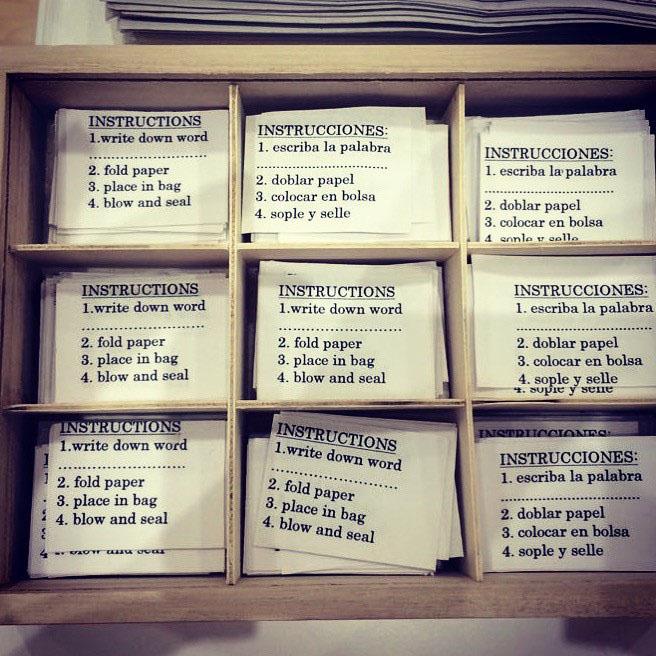
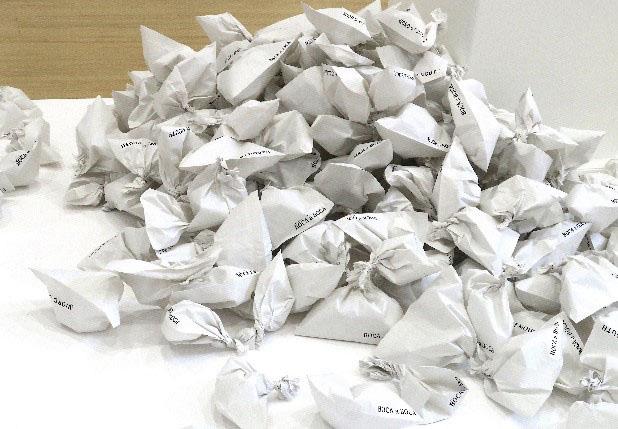
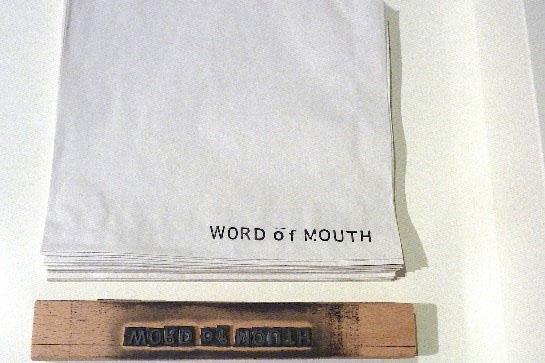
Word of Mouth (written) Boca a Boca (escrito) was shared at various stages during the exhibition period on social media and an image of the final installation was selected for inclusion in the final digital exhibition catalogue. (page 629)
https://www.impact10.es/exhibitions/bcc-sala-hangar/
Exhibition:Word of Mouth(written): Boca a Boca(escrito) IMPACT10, Santander (2018)
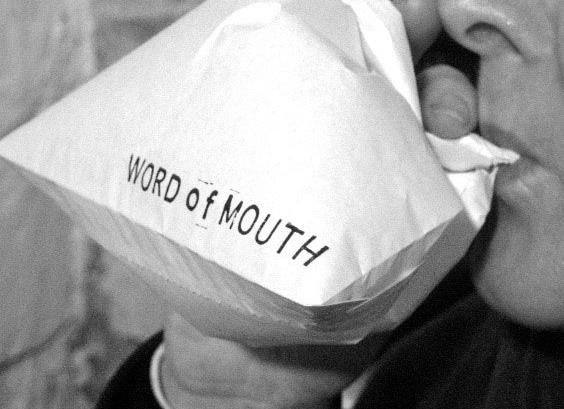
In September 2018 Word of Mouth (written) Boca a Boca (escrito) was selected for exhibition in the category of ‘Other Print Disciplines’ at the IMPACT10 Encuentro, Encounter & International Multidisciplinary Print Exhibition and Conference in Santander, Spain, organised by the Centre for Fine Art Print Research (CFPR) at UWE, Bristol. The work was selected because it offered a new way of reading (encountering) an original print with individual participants being invited to create and own the work.
I was allocated a space for the exhibition in the Sala Hangar at the Biblioteca Central de Cantabria and left a set of instructions in English and Spanish for degates and members of the public who wanted to contribute to the work. Over two hundred and forty visitors took part during the weeklong exhibition to create the installation. The work offered a space where unspoken and written words were given validity, while still remaining private and unspoken, shared yet undisclosed. The subsequent installation of breath-filled printed paper bags with words inside represented the collective experience of individuals in that place together at that moment in time. At the end of the exhibition, the air from each bespoke bag was returned into the space, the bags were flattened, and the unspoken words left inside were collected, recorded and categorized.
Common Good, Soapworks, Bristol (2020)
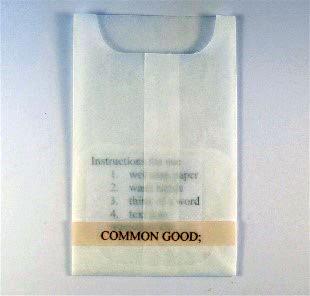
Take-away bag with paper soap
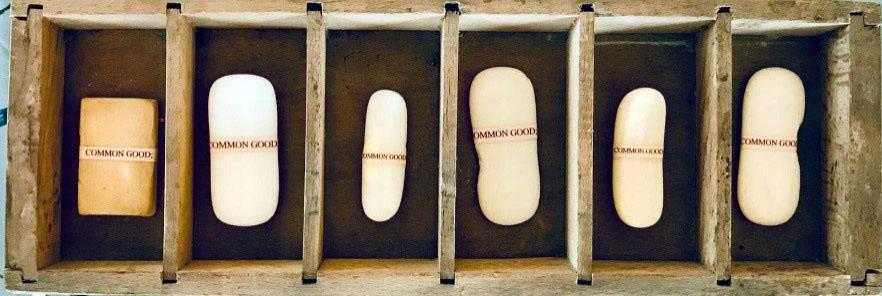
‘From one household’, used soap bars with Common Good text, wooden box.
I presented the work Common Good in the publication ‘Place: soapworks’ with other members of Space Place Practice which was exhibited at a major exhibition with 60 other artists the old Soapworks building in Bristol during October 2020. The work was made in response to the factory following several visits a few months earlier when I had started collecting used soap bars. The work presented contained individual and collective stories that had been shaped and formed through time and connected through their common functionality.
This publication is available as an ebook on the Space Place Practice website and the project was funded by the Arts Council of England and supported by the Research Centre at Bath Spa University. Written reviews of ‘Common Good’ and work by other Space Place Practice members were also published on Facebook and Twitter pages throughout the exhibition and shared on other social media platforms.
http://spaceplacepractice.com/resources.html Artists and members of the public who visited the exhibition were offered a take-away bag with paper soap inside asking them to respond by using a given set of instructions. The responses received provided an alternative response to the site and will form the basis for a collaborative follow-up project during 2021.
Artist Book: Word of Mouth/Boca a Boca ab Press, (October 2020)
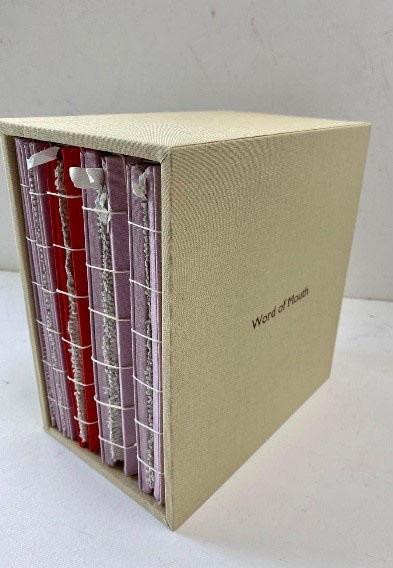
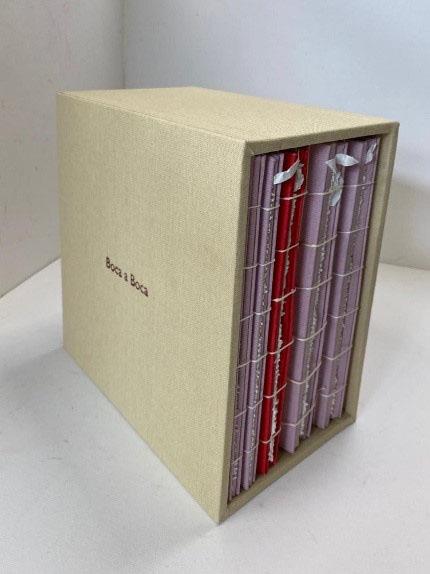
Word of Mouth (written) Boca a Boca (escrito) bound artists book
Following the IMPACT 10 exhibition, the air from each bespoke bag was released into the space, and the bags with the private unspoken words left inside were carefully opened and recorded. The collected data elicited a range of fascinating and creative responses which were then organised into five different categories, “Without words” “Beyond Words” “Word for Word” “Spoken Word” “Without Words.” When ab Press invited me to collaborate with them by using the original paper bags to make a bespoke artists book, we agreed that in order to maintain the integrity of the project it was important that the words inside would be bound in such a way so that they remained private, the only hint at their contents perhaps being in the chapter titles.
This unique book was published in October 2020 and a paper is being written with ab Press for publication in the March 2021 edition of the international Impact Print Journal. This project was funded by the School of Arts at the University of Worcester.
